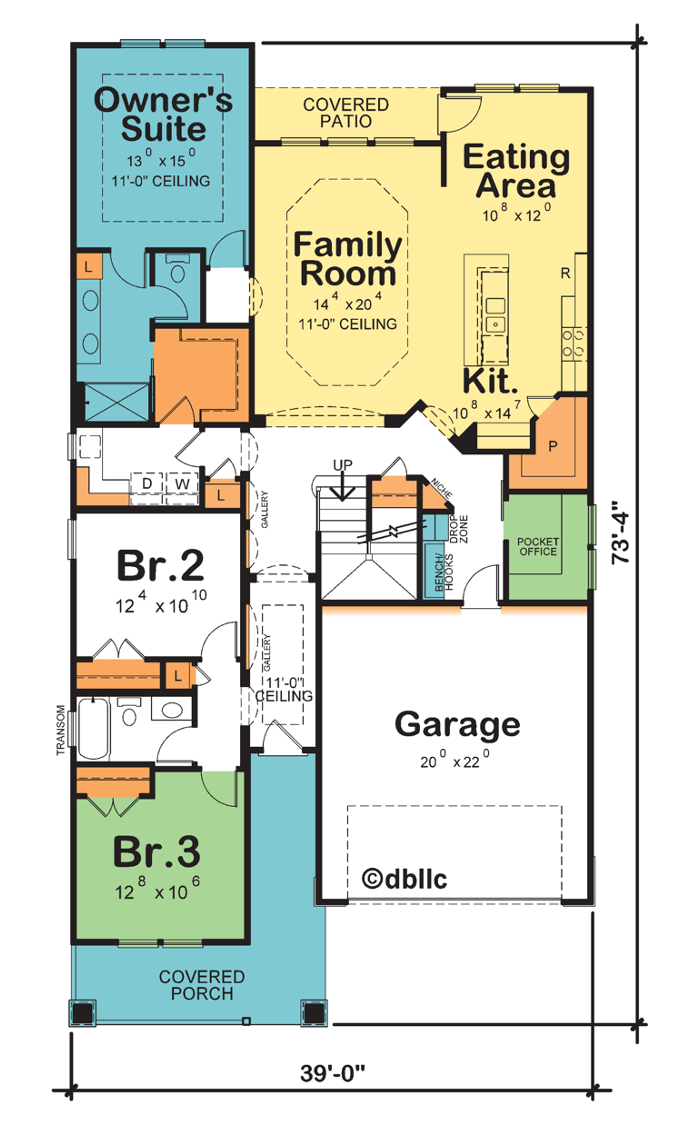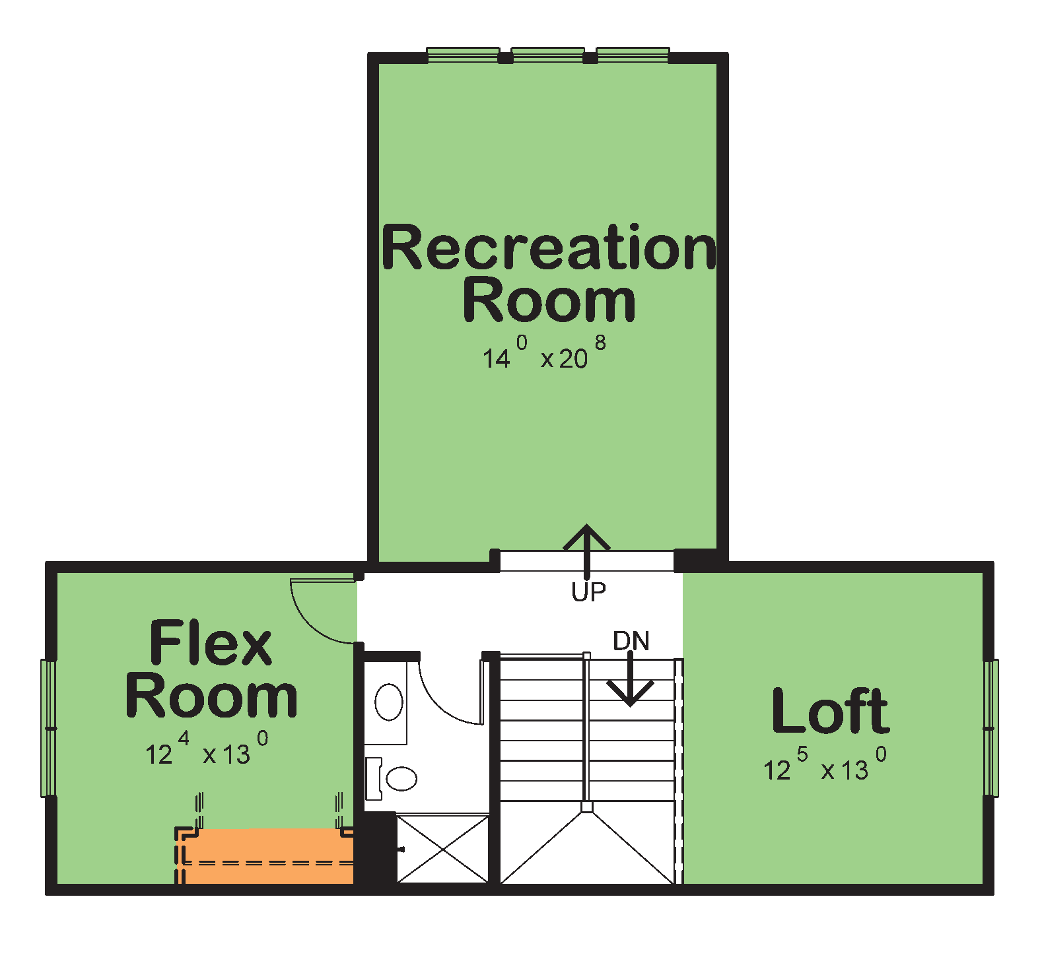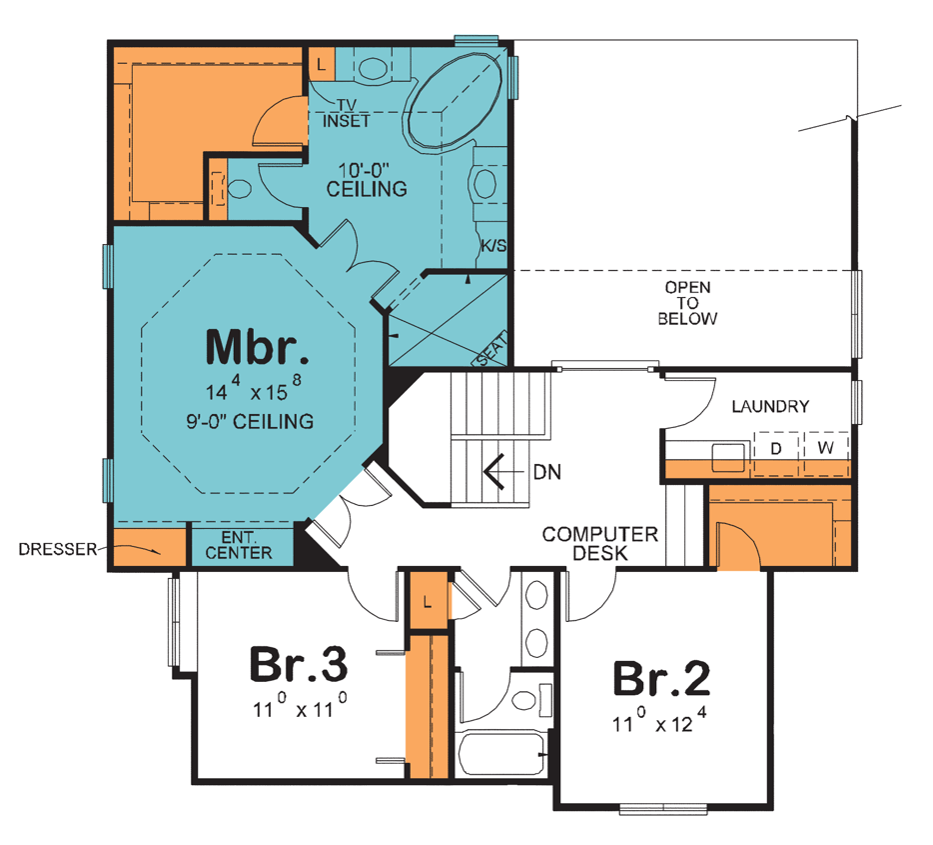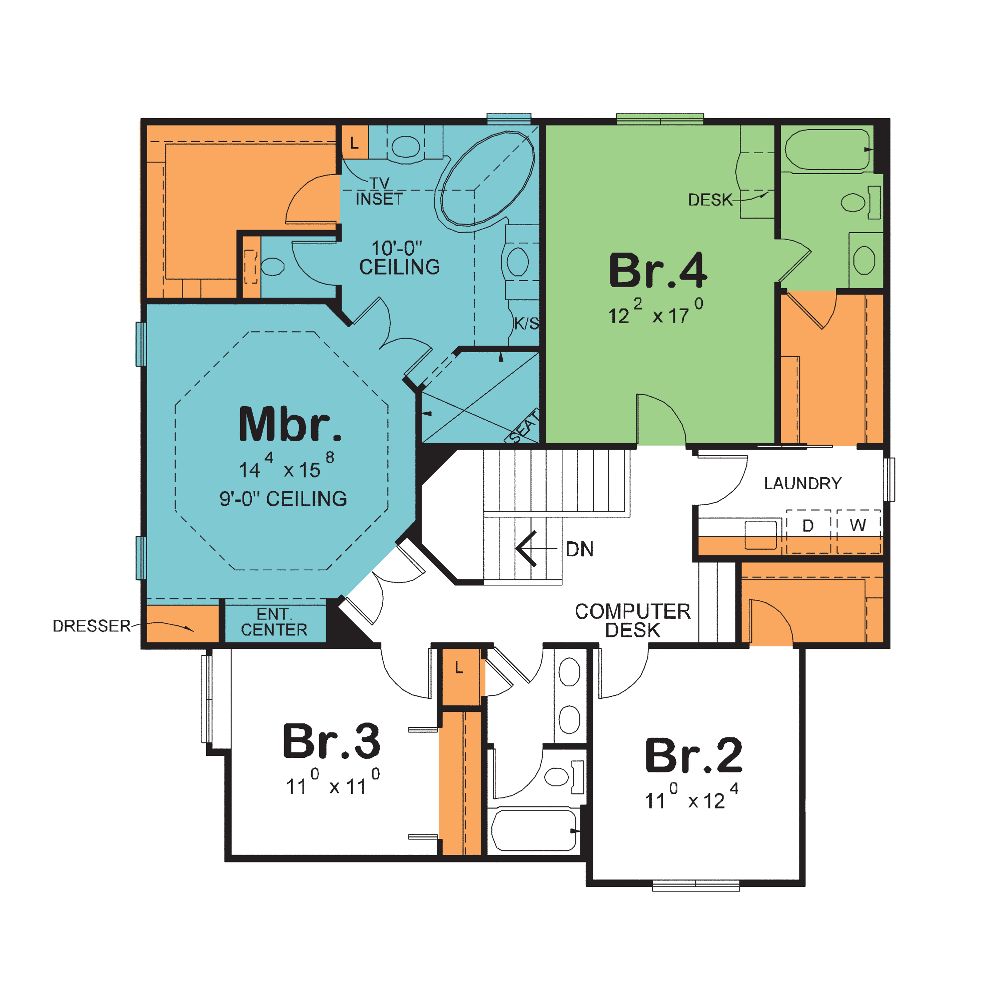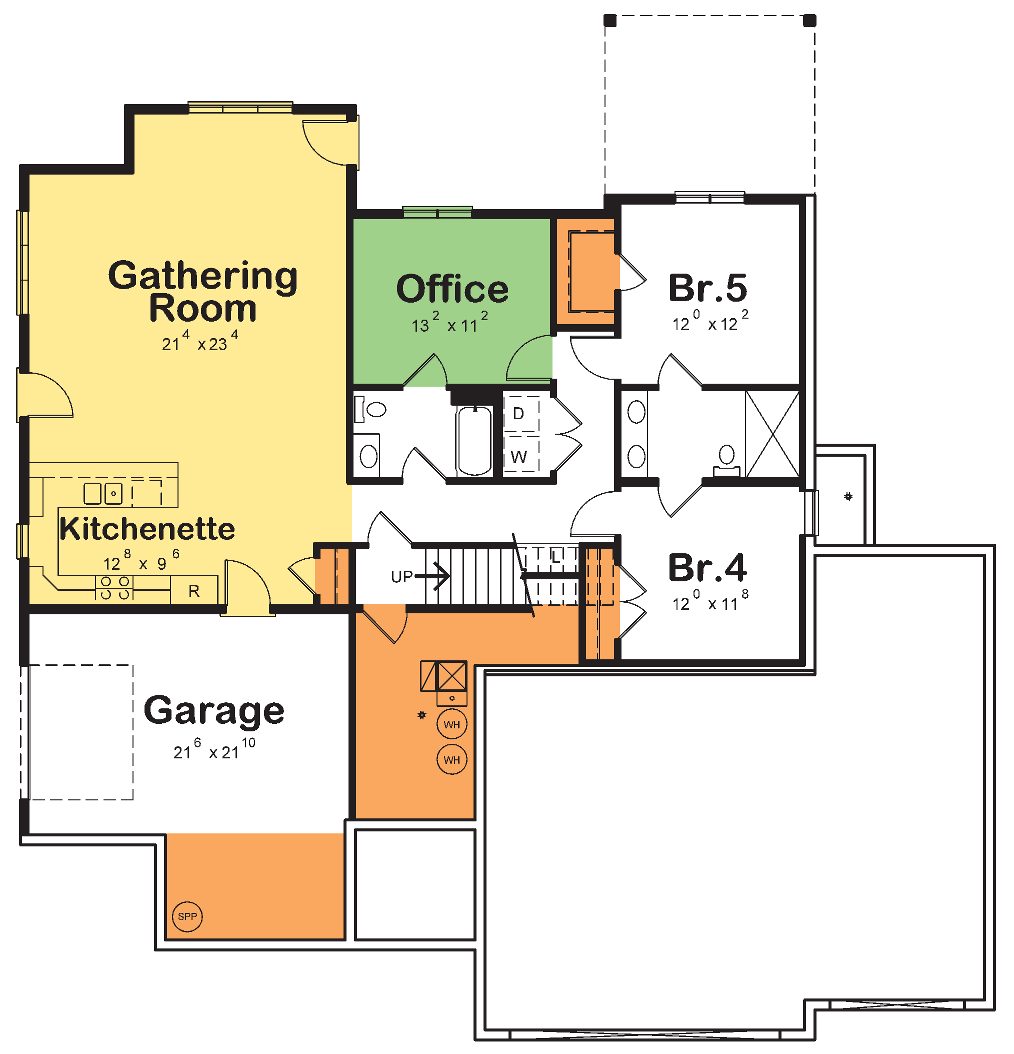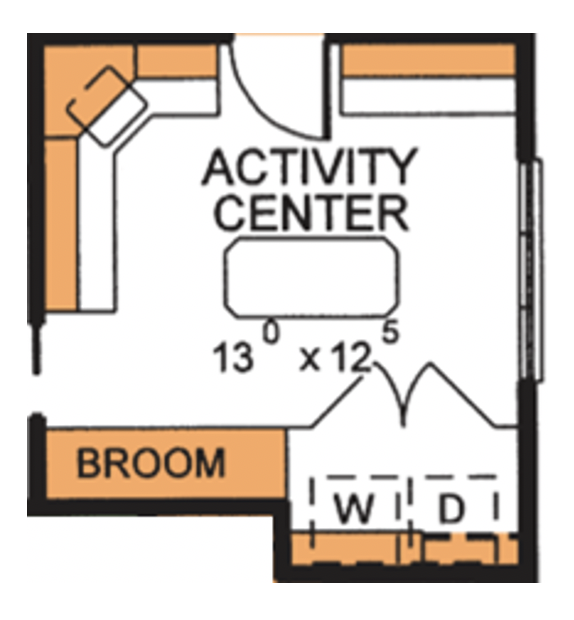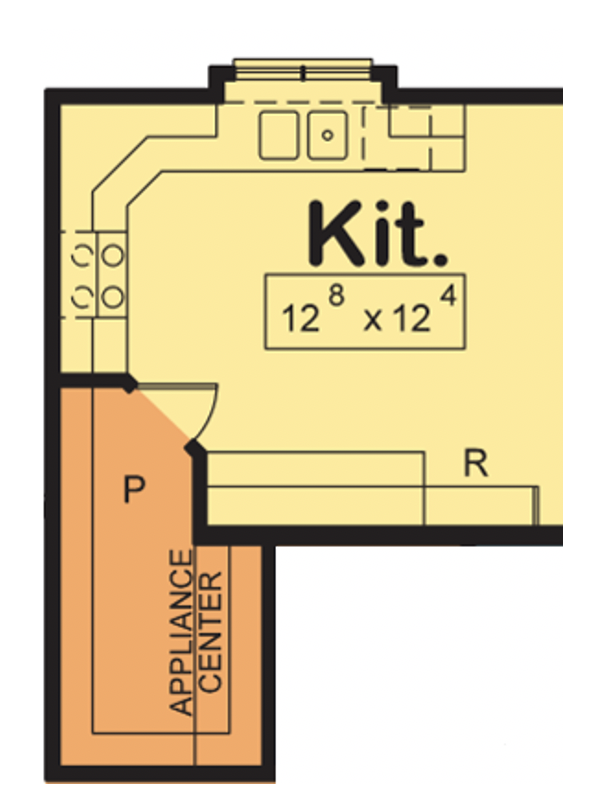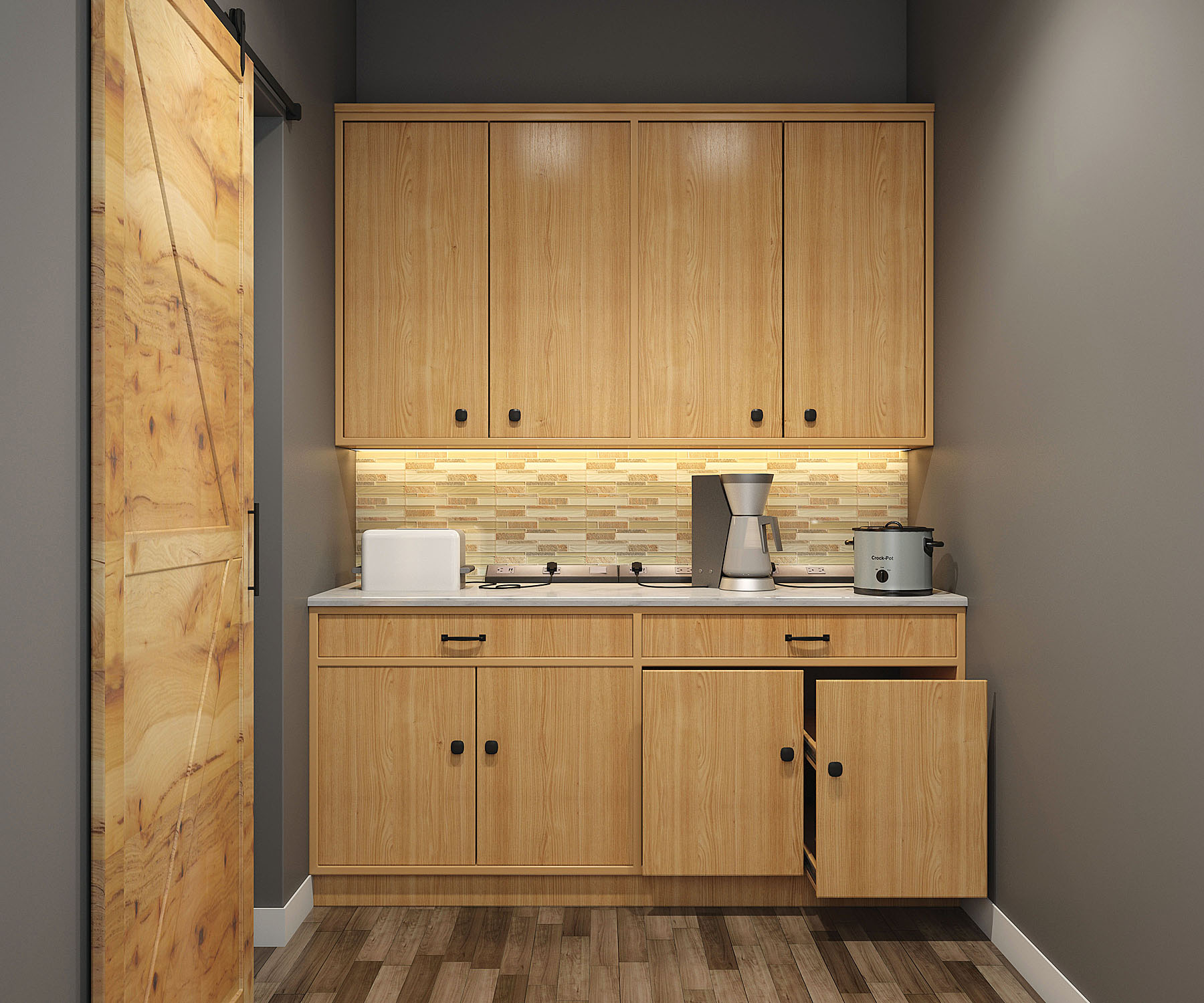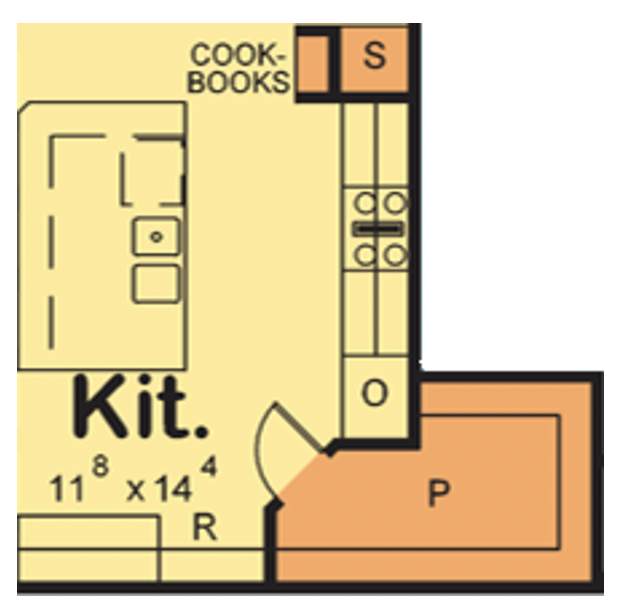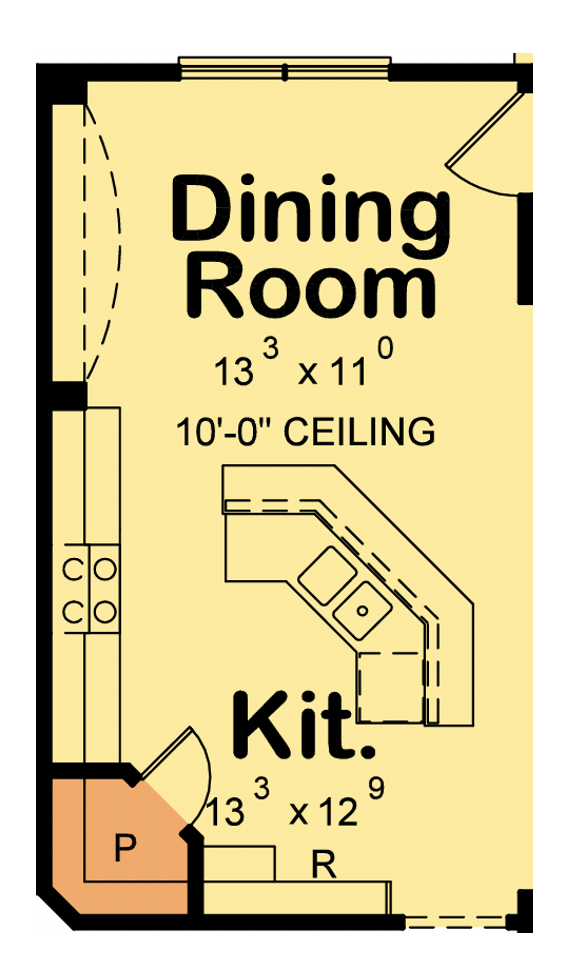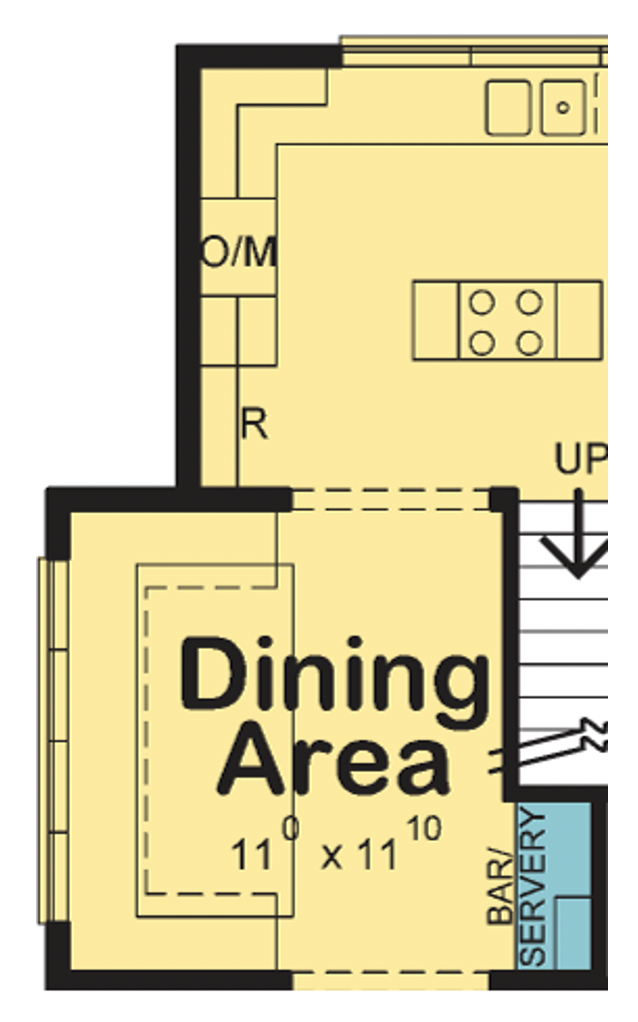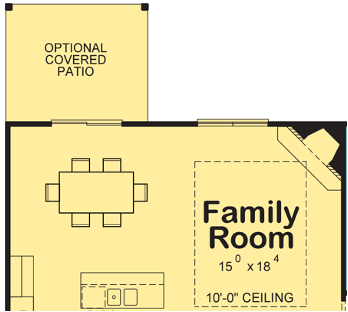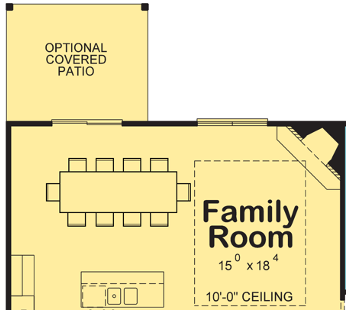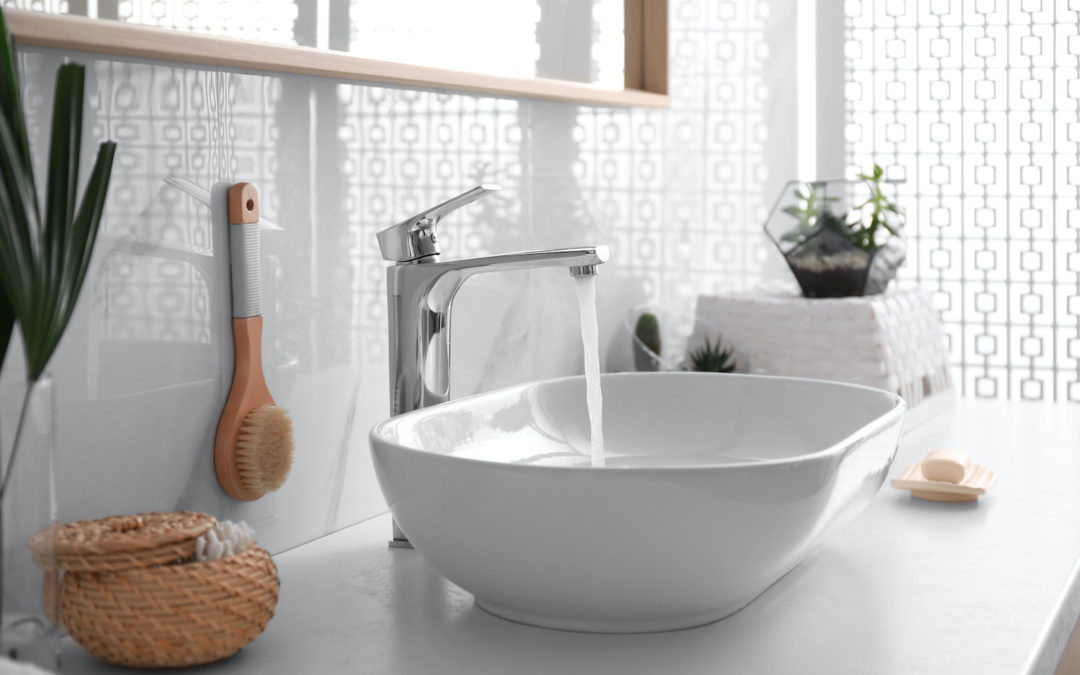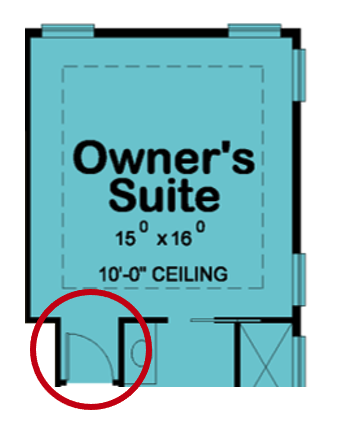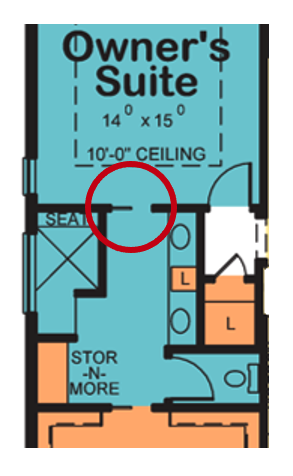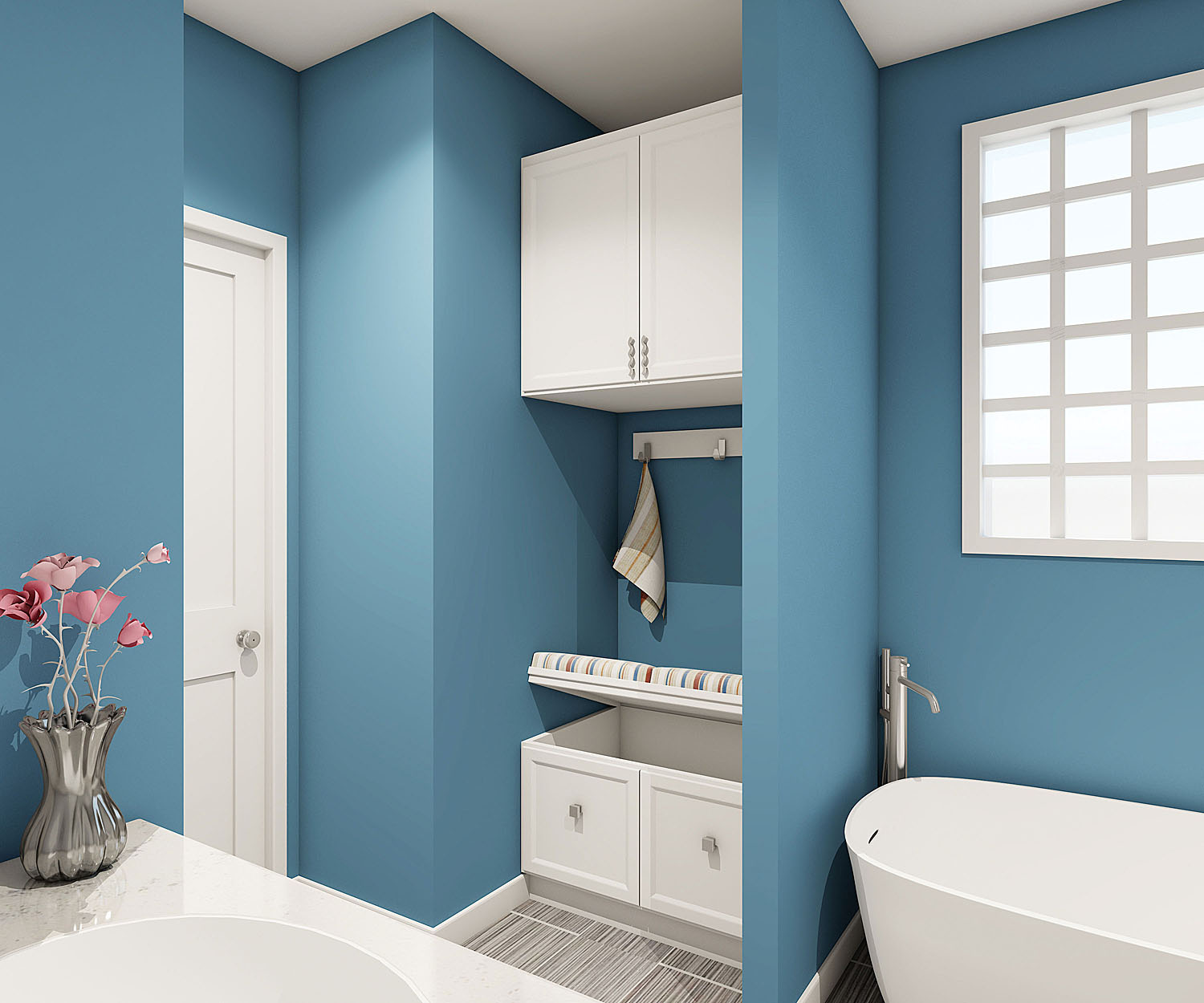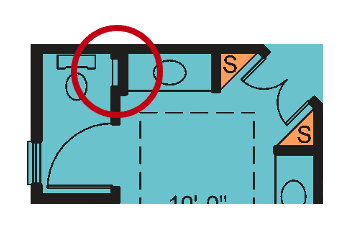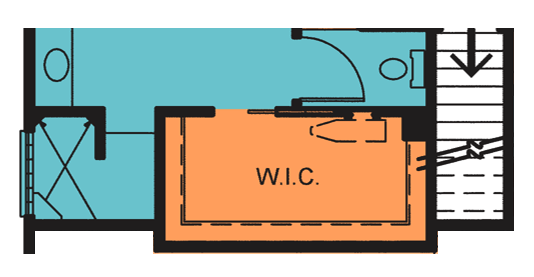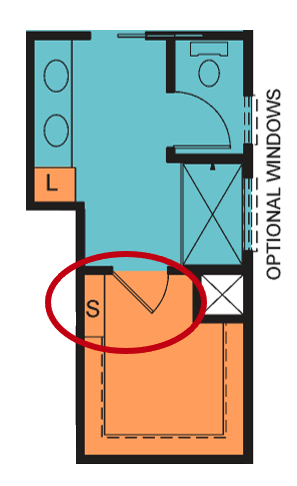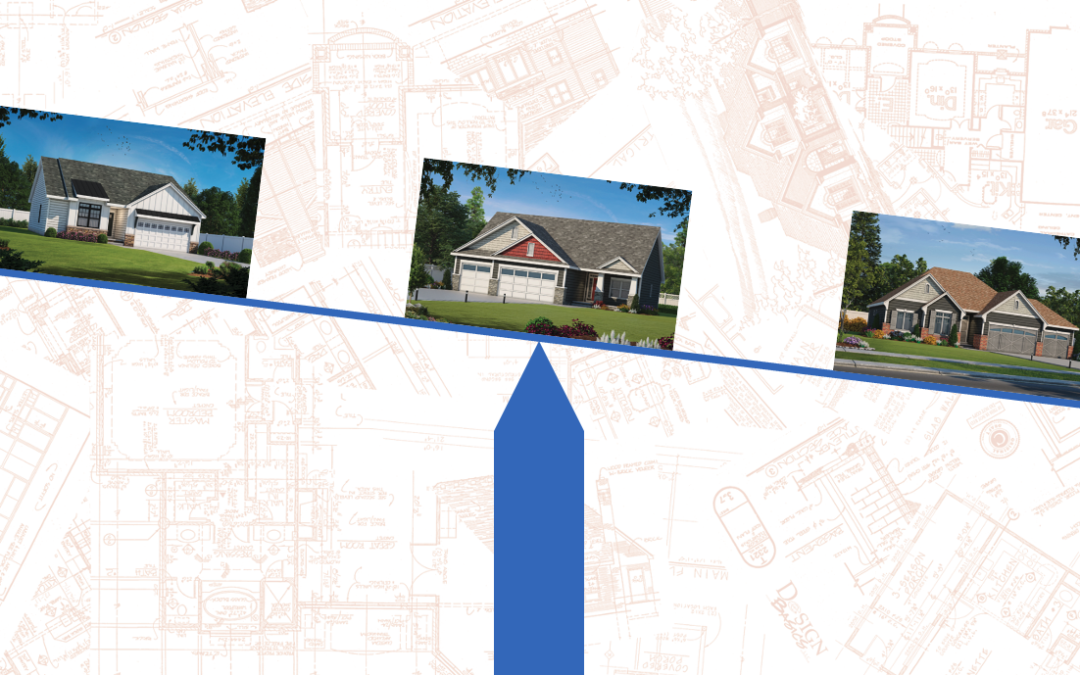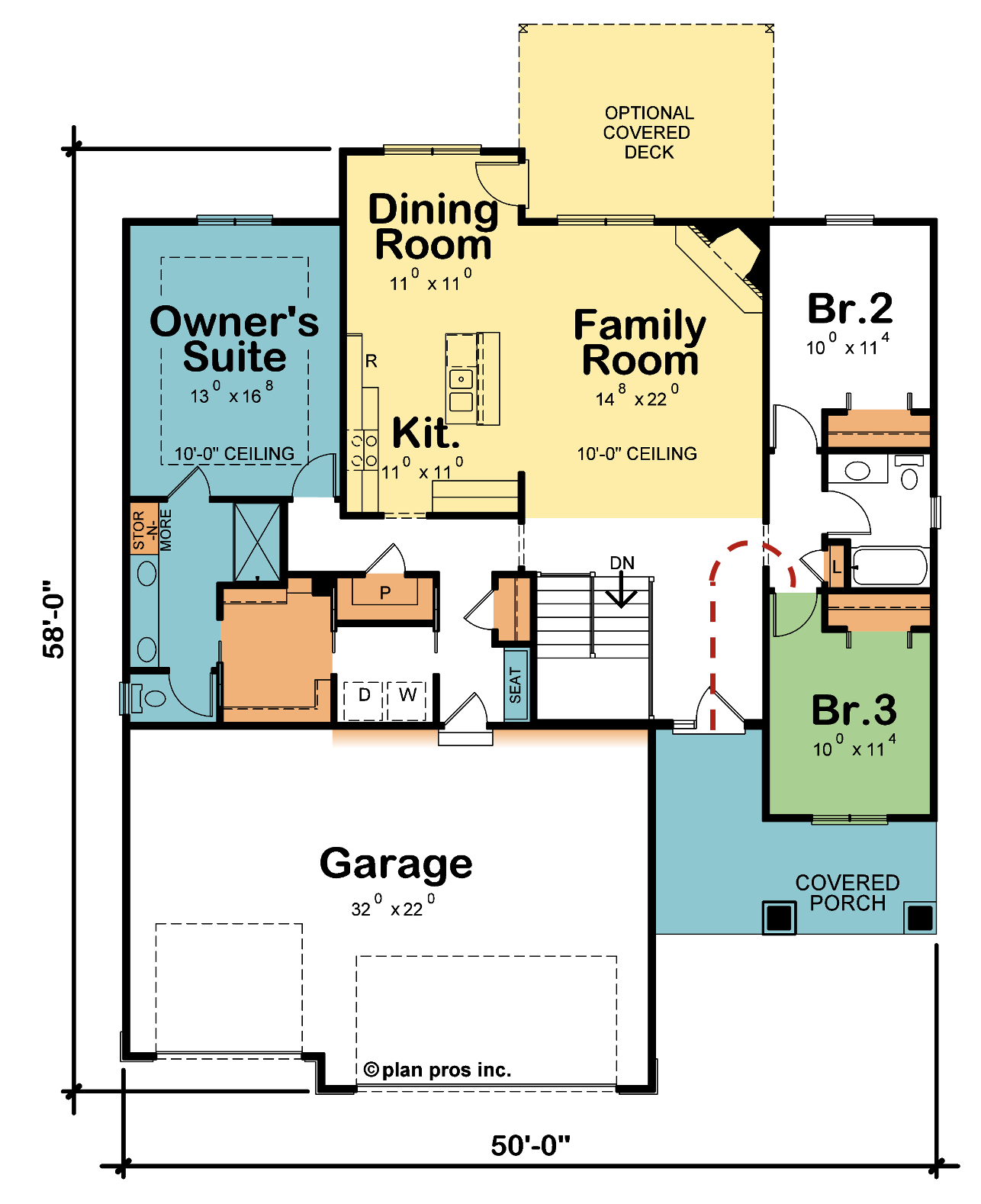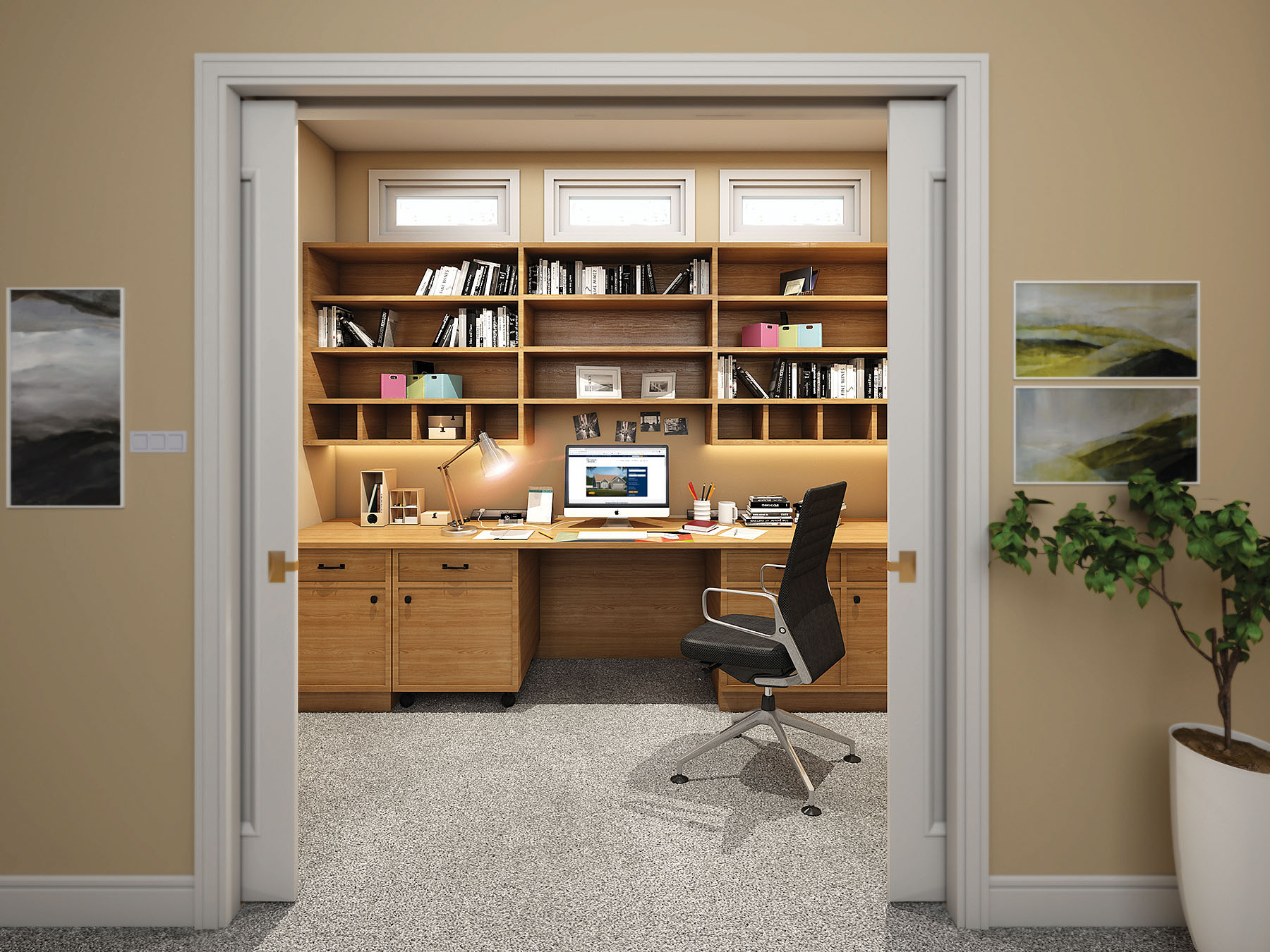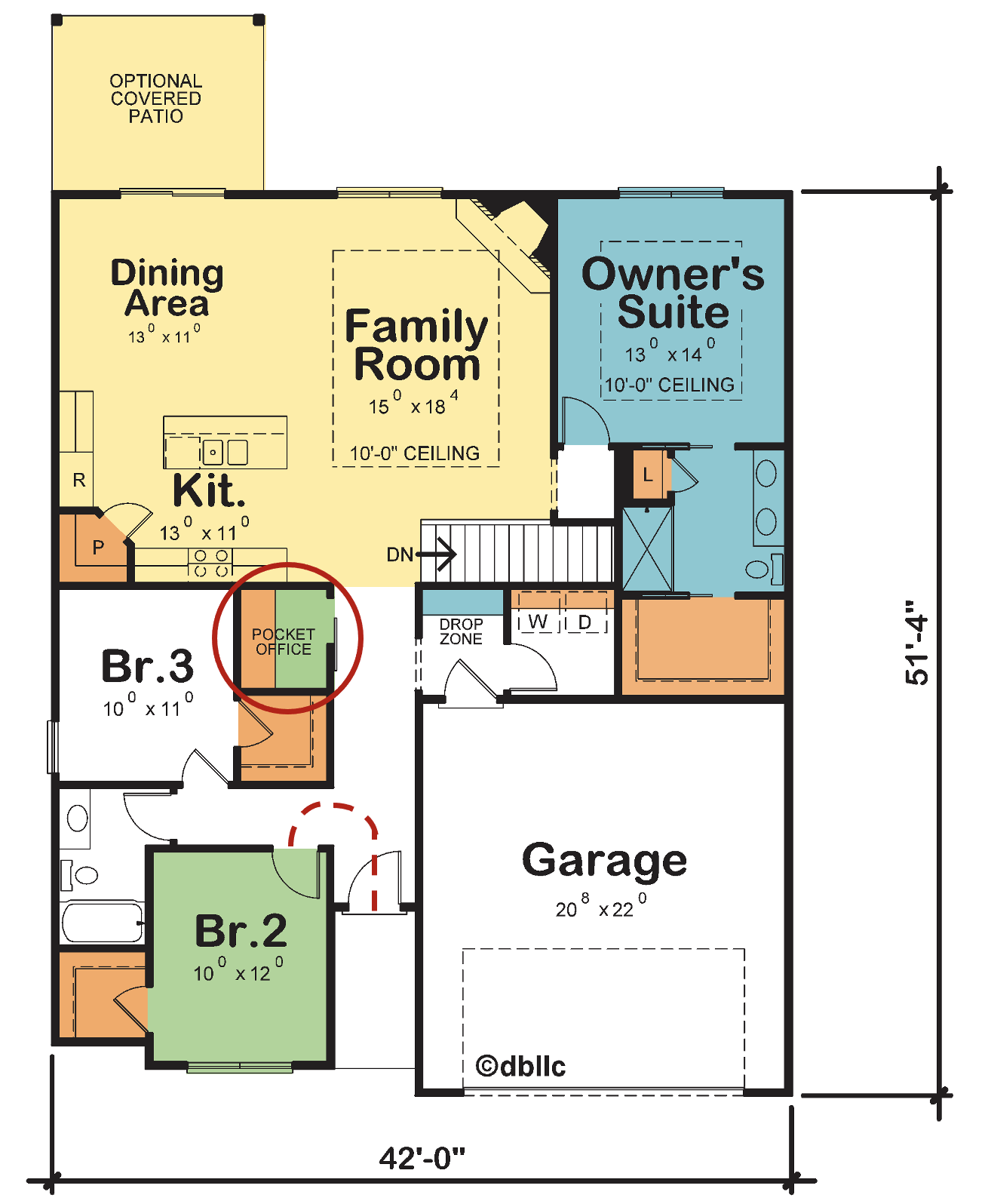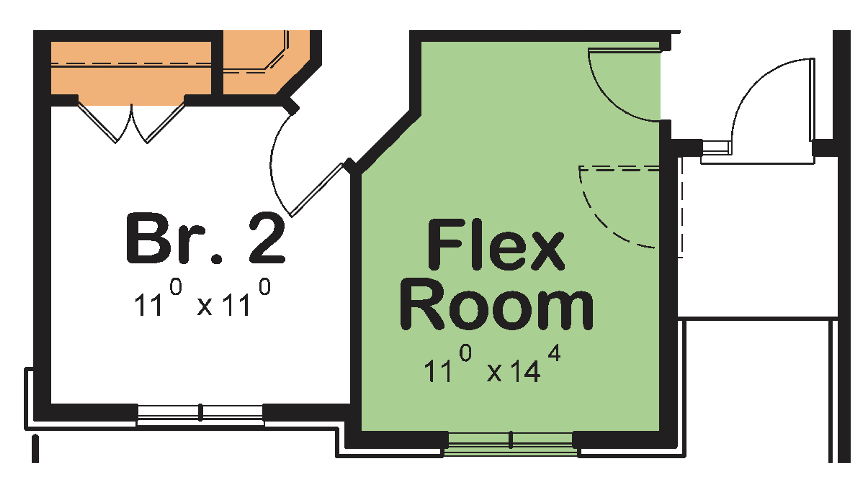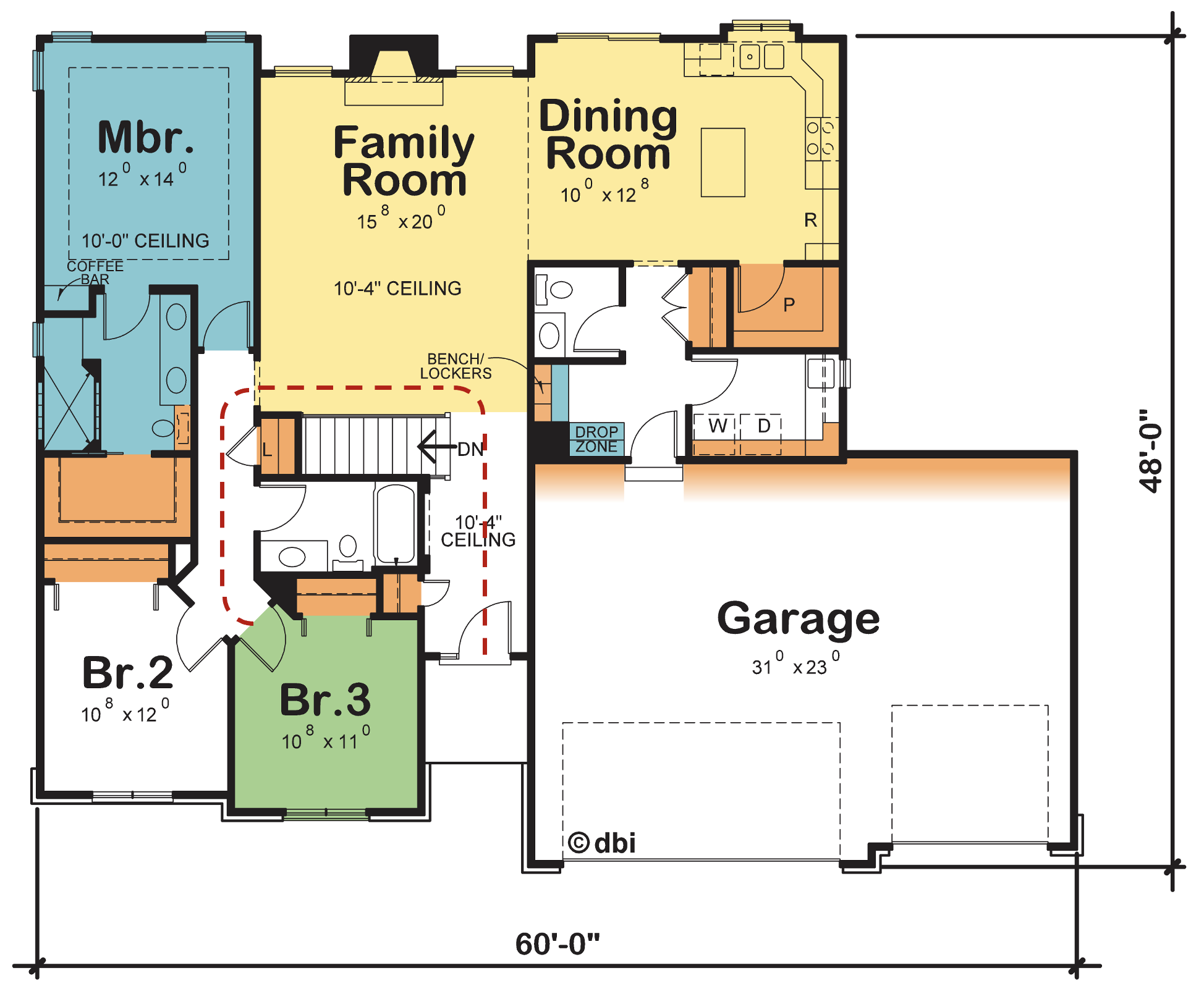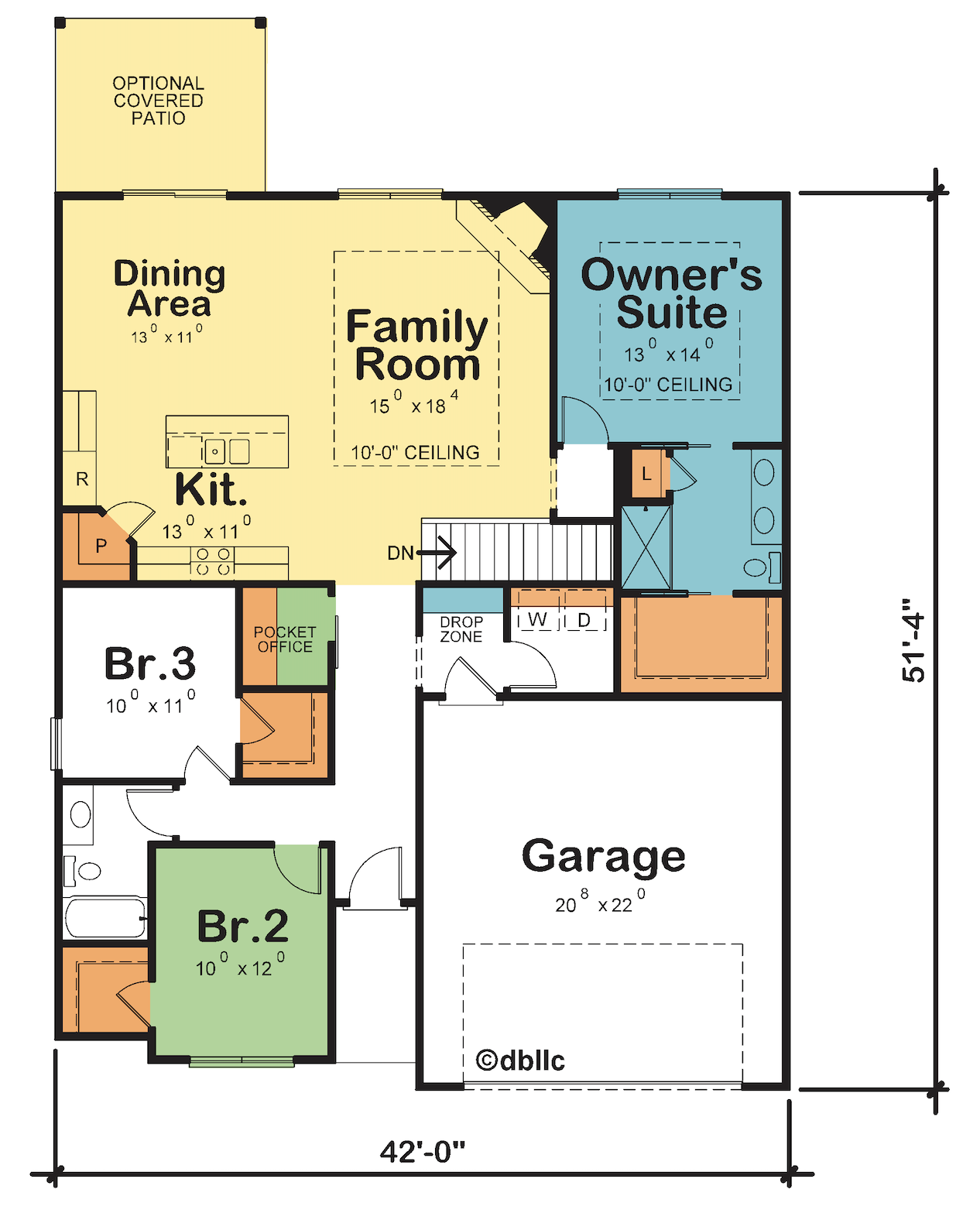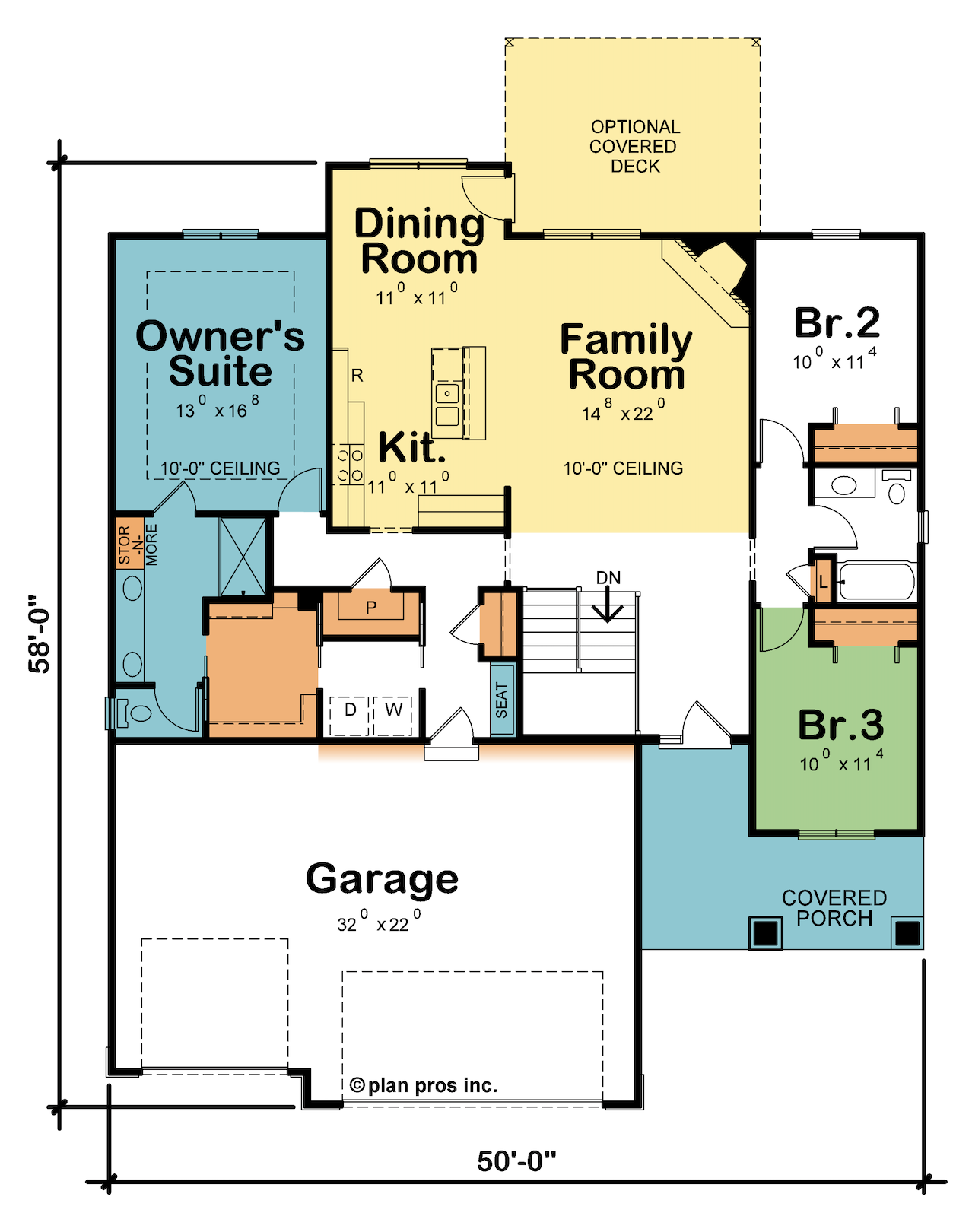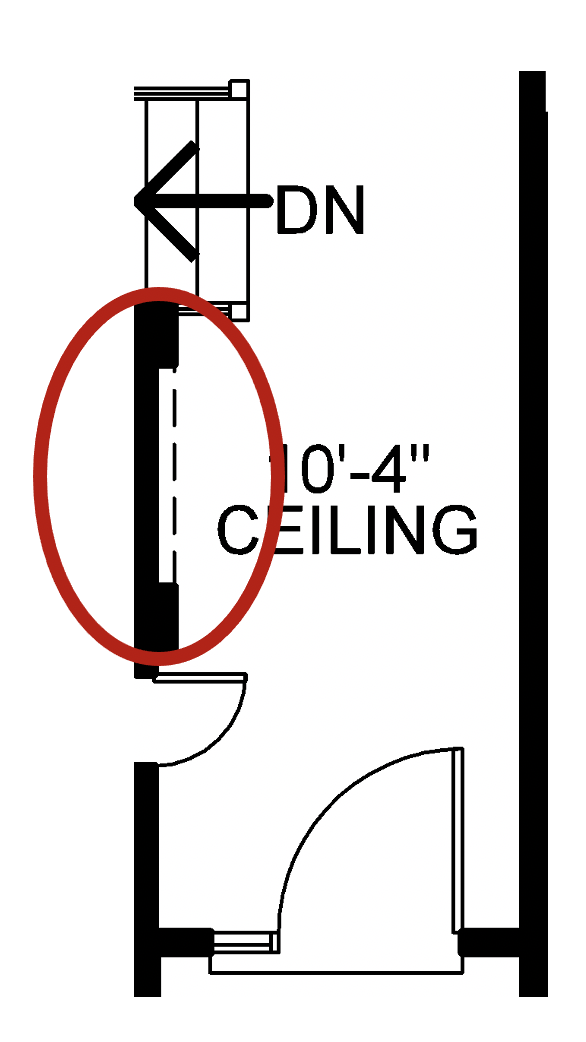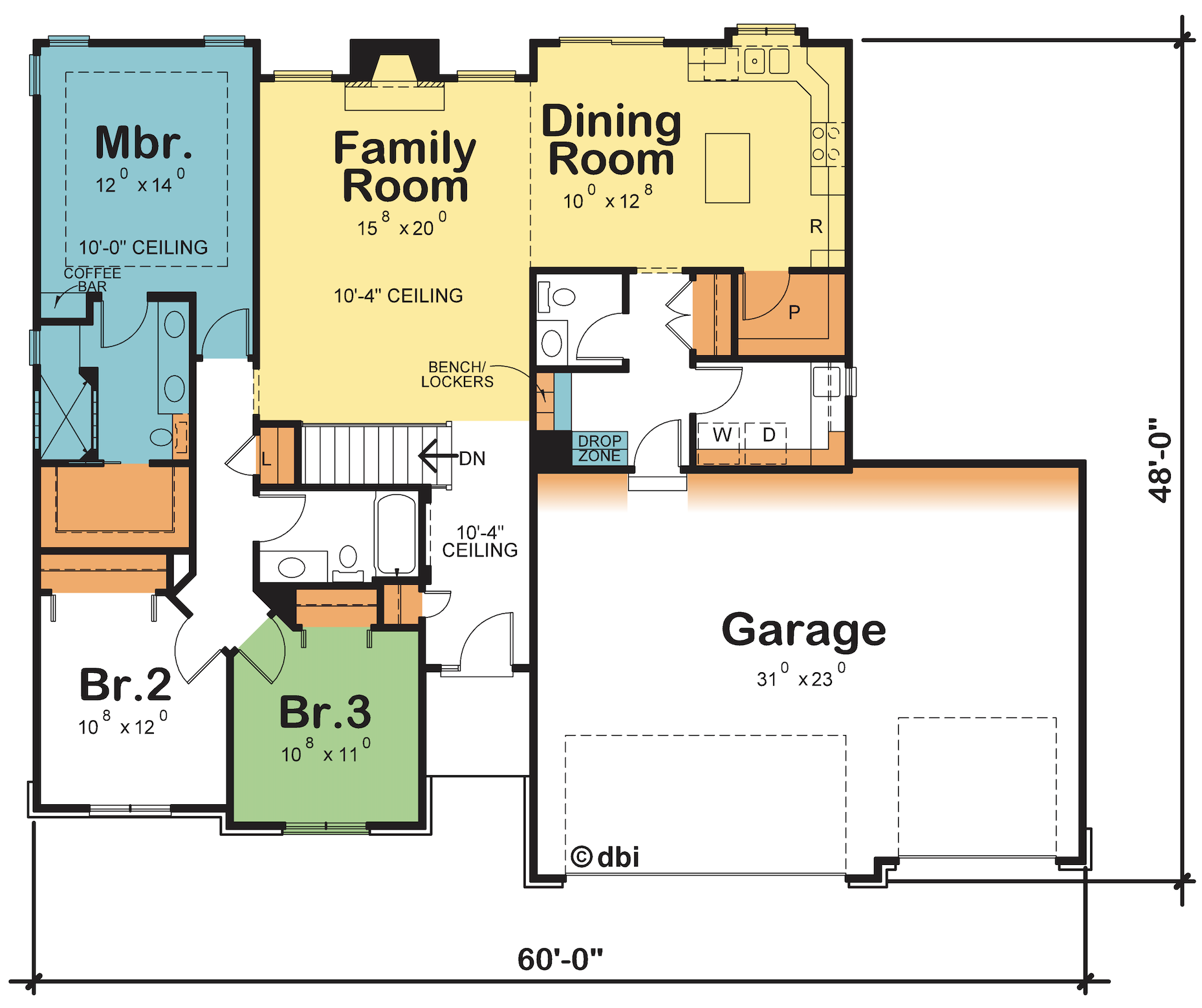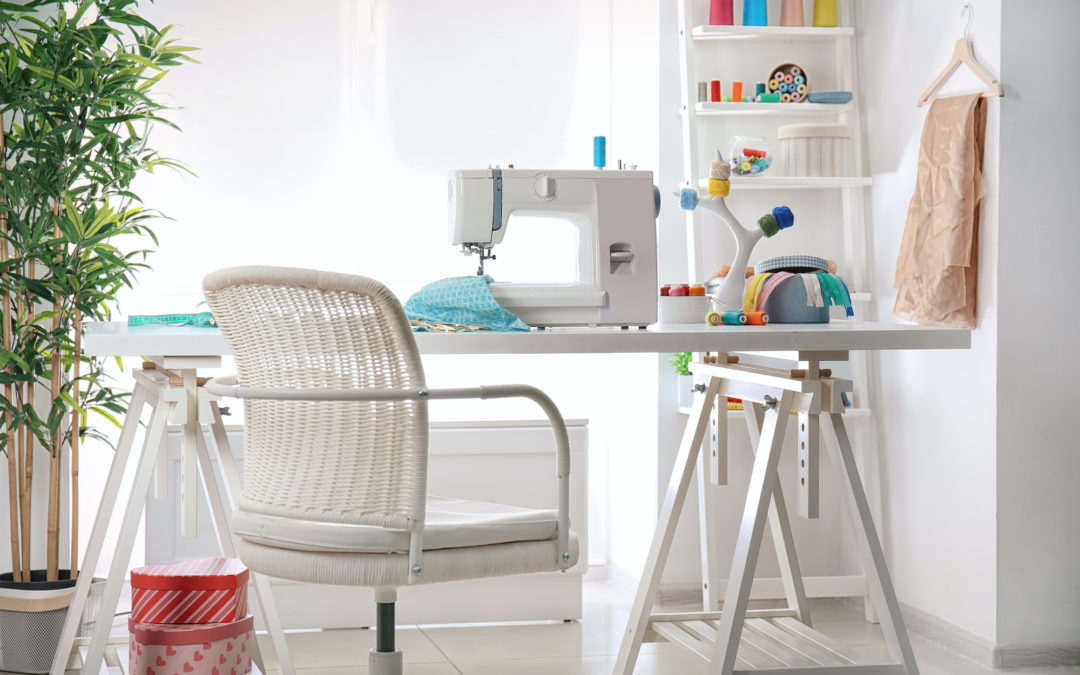
Maximizing Space In Your Home – Flexibility Rules!
Maximizing space in your home naturally depends on how you want your home to “live” – what’s important to you. For some, that means storage for money-saving bulk item purchases or inventory for their home-based business. Other households thrive on space for activities, from creating art and crafts to play areas. Maybe it is a room that serves multiple purposes or perhaps there is unfinished space in your home which can be finished as you need. Bottom line – flexibility rules, allowing you to tailor your space for maximum enjoyment and utilization.
Flex Areas. The new realities of remote learning and working from home, ushered in by COVID-19, further heightened appreciation for flex areas in the home. In Design Basics’ Honey Springs home design, the 6-foot by 8-foot pocket office behind the garage provides workspace and privacy without taking up all the space of, say, Bedroom 3 at the front (48 square feet vs. 163 square feet). Additionally, surging interest in maximizing possible space under roof prompted designing a flexible second floor for this original one-story home, adding a relatively inexpensive 772 square feet. The uses for that space are endless!
Maximizing space on a second floor has also led to replacing two-story-high areas with finished space. Additional closets, study nooks, and sometimes laundry rooms, have taken the place of soaring entry foyers. And in lieu of 18-foot-high Great Rooms, today’s buyers prefer added bedrooms, family lounges, studios, and other flex spaces, as with the bedroom 4 suite shown here in the Mackenzie plan.
The Mackenzie, as originally designed with tall ceiling in the great room (left); and with added BR.4 suite (right).
Slightly less than one-half of all new homes in America are built on basement foundations. If your new home will have a basement, can you finish a portion of that lower level area as living space? Regardless of a home plan’s original foundation, nearly every home plan Design Basics offers can be ordered with a basement. And unlike homes built 20+ years ago, most of today’s basements are designed so that ceilings in finished portions of the basement would be 8-feet high. Design Basics currently offers 99 home plans with finished basement layouts, and through our Customized Home Plan services, we can design a finished basement for any of the other plans we offer.
Designed for sloping lots so that it can have it’s own garage, the lower level of the Strasser Point plan was created for multi-generational households. Finished space was maximized in this lower level, with this generation having its own exterior entry, kitchenette, entertaining area, flex space and bedrooms.
When you think about the features which make a great laundry room – folding counter, storage, natural light, and sink – those same amenities would be ideal for other pursuits. In the Aden plan, the washer and dryer are behind doors, presenting this flex space as a wonderful activity center, complete with work island on casters for easy re-positioning. Would that be your scrapbooking center? All of that storage would be ideal! Kids’ art projects? Hard-surface flooring and a sink in that space makes for quick and easy clean up!
As their name implies, Flex spaces, as well as unfinished areas in a home, present some of the most obvious opportunities for tailoring your home for your specific needs and wants, including maximizing your space. And, there are still more areas that can be maximized, which we’ll look at next time!
For more resources on thoughtful design and products:
- View other articles on our blog
- Browse our Her Home™ Magazine
- Thoughtful Design Concepts
